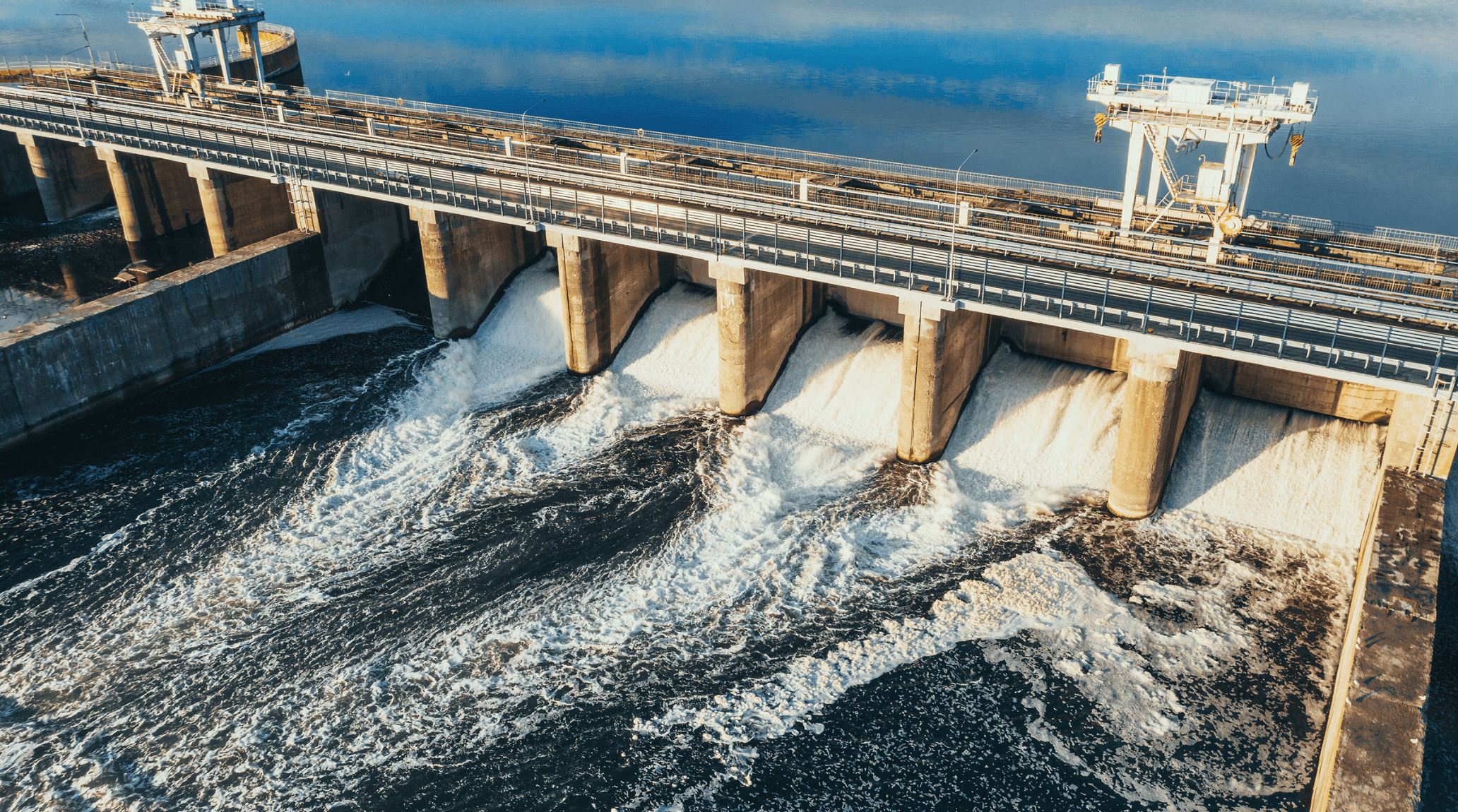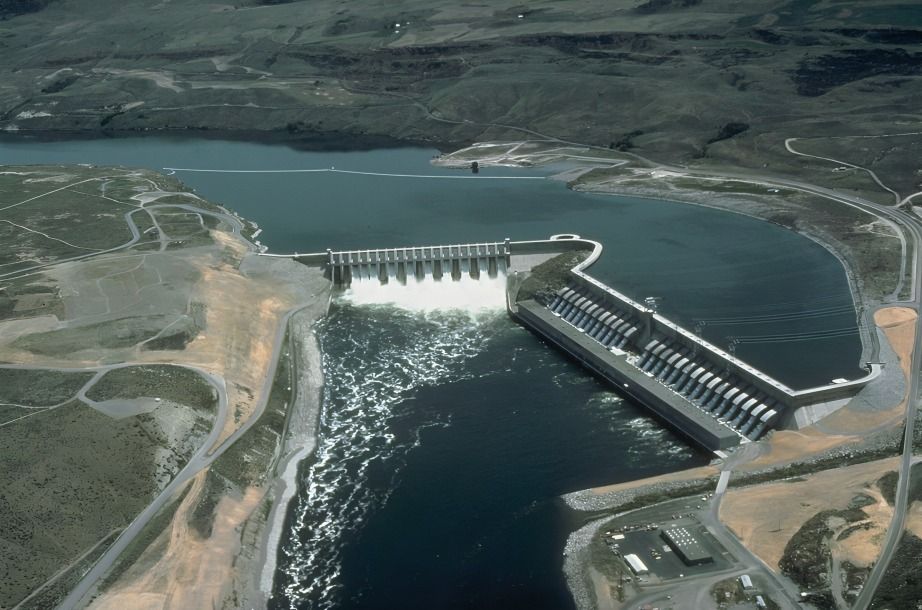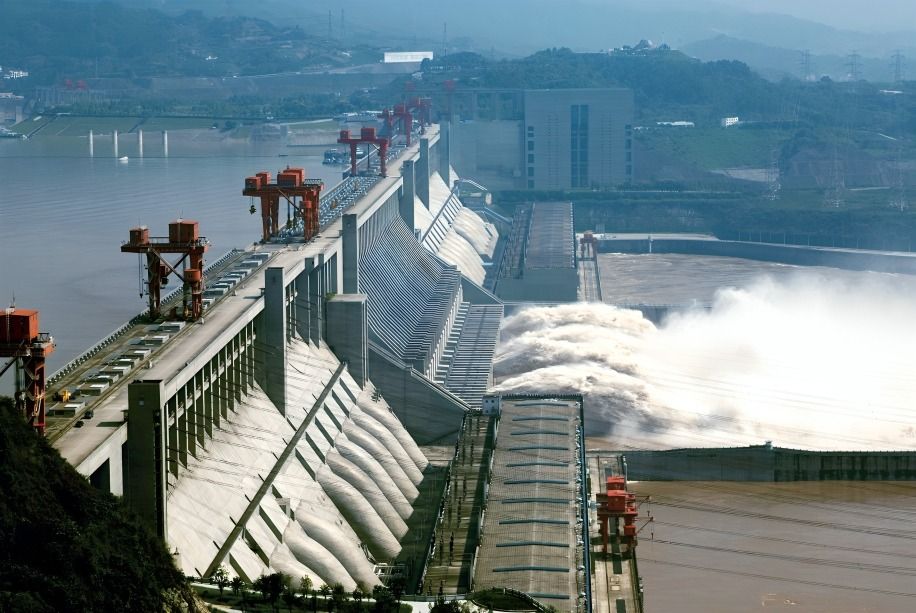
“
Hydropower, one of the oldest and most reliable renewable energy sources, uses the energy of flowing or falling water to generate electricity. This method provides a sustainable and efficient way to power our world. From ancient water wheels to advanced hydroelectric dams, hydropower has been pivotal in human civilization's development. It has fueled industrial growth and continues to be a cornerstone of sustainable energy solutions. In this blog, we'll delve into 20 intriguing facts about hydropower, showcasing its historical significance, the benefits it offers, and its evolving role in modern energy systems. Explore the fascinating world of hydropower with us.1
1
”
Hydropower, tracing back to ancient civilizations, demonstrates humanity's early harnessing of water's energy. Water wheels, pivotal in ancient Greece and Rome for milling grain and powering machinery, laid the groundwork for modern hydropower. 1
Hydropower stands out as a clean energy source, generating electricity without emitting greenhouse gases or harmful pollutants during operation. 2
The Three Gorges Dam in China epitomises modern hydropower's scale and engineering prowess. As the world's largest hydroelectric power station, it not only generates substantial electricity but also highlights the monumental feats achievable.3
In 2018, China led in hydroelectric power generation with 322,271 MW of installed capacity. This produced a total of 1,199,200 GWh of electricity throughout the year, which is the highest energy produced ever. 4
Small-scale hydropower systems empower remote communities by providing local energy independence and economic opportunities. In rural areas, these systems not only bolster livelihoods but also foster community resilience and development.5
Advanced pumped-storage hydropower facilities store energy by pumping water. This stored energy is then released to generate electricity during peak demand, effectively stabilising electrical grids and optimising energy usage. 6
Hydropower's classification as a renewable energy source stems from its reliance on the water cycle for replenishment. This characteristic ensures its sustainability over the long term, contrasting with finite fossil fuels that deplete over time. 7

The Chief Joseph Dam, located on the Columbia River in north-central Washington state, USA, holds the distinction of being the world’s largest run-of-the-river hydroelectric power station.
Ongoing advancements in turbine technology and environmental management techniques continually enhance hydropower efficiency. These innovations underscore hydropower's adaptability and its role in meeting energy demands worldwide. 8
Despite its advantages, large dam projects have faced criticism for environmental and social impacts. Concerns include habitat disruption and loss of cultural heritage, prompting ongoing debates on balancing development with conservation. 9
Hydroelectric power plants vary widely in size and design, from small run-of-river installations to massive dam constructions. This versatility allows for tailored solutions that suit diverse geographical conditions. 10
Well-maintained hydropower plants boast operational lifespans of 50 to 100 years or more. This longevity ensures sustained energy security and reliability, providing enduring benefits for future generations. 11

The Three Gorges Dam project, completed on July 4, 2012, is located in Yiling District, Hubei province, China. It boasts a remarkable installed generation capacity of 22,500 megawatts (MW), making it the largest hydroelectric power station globally.
Hydropower complements intermittent renewable sources like wind and solar by offering storage capabilities and grid stabilization. This synergy strengthens overall energy reliability and resilience, supporting a balanced renewable energy mix.12
Rigorous Environmental Impact Assessments (EIAs) evaluate hydropower projects to minimize adverse effects on ecosystems and communities. These assessments are critical in promoting responsible and sustainable hydropower development. 13
Ancient civilizations, such as the Romans and Greeks, employed water wheels and aqueducts for hydropower, laying foundational knowledge for modern hydroelectricity. This historical legacy highlights water's enduring significance in human technology. 14
Hydropower reservoirs function as extensive energy storage systems, crucial for balancing electricity supply and demand in real-time and during emergencies. This storage capability enhances grid stability and ensures reliable energy delivery. 15
Ongoing research and development initiatives focus on enhancing hydropower efficiency and reducing environmental impact. These innovations drive technological advancements, reinforcing hydropower's pivotal role in sustainable energy solutions. 16
The International Hydropower Association (IHA) advocates for sustainable hydropower development worldwide, promoting best practices and responsible energy production. 17
The Jinping-I Dam, spanning the Yalong River in Sichuan, China, stands as the world’s tallest dam. Its double curvature thin arch design reaches an impressive height of 305 meters (1,000 feet), surpassing the Eiffel Tower’s height. 18


